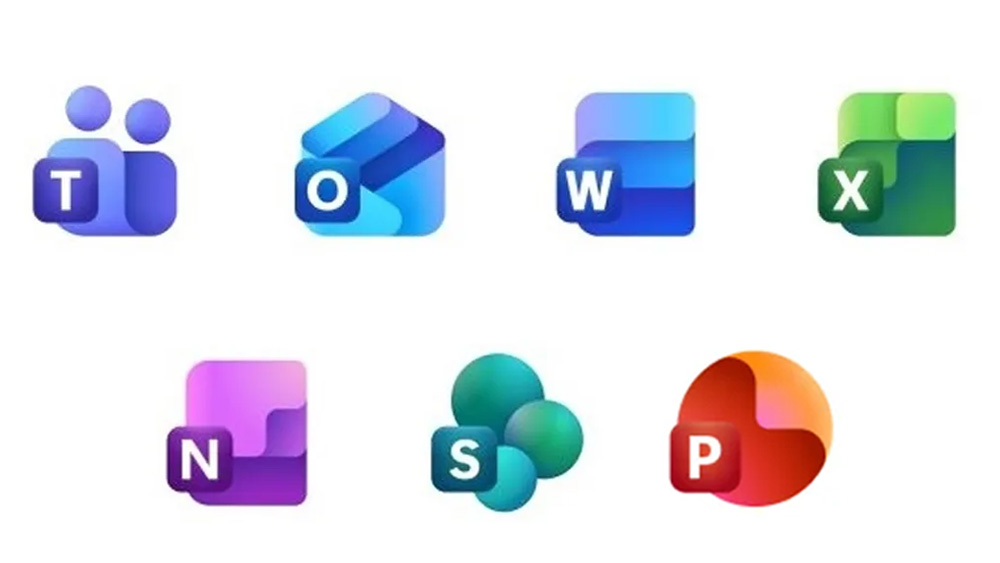Luminary Cloud, Honda, and NVIDIA Unveil Revolutionary AI Model for SUV Aerodynamics

Luminary Cloud, a pioneer in advanced cloud solutions, has joined forces with the renowned automotive manufacturer Honda and the leading technology company NVIDIA to introduce what they claim is the worlds first Physics artificial intelligence (AI) foundation model specifically designed for the analysis of SUV aerodynamics. This groundbreaking model, named SHIFT-SUV, is a critical addition to Luminary Cloud's SHIFT Models suite and promises to revolutionize the way automotive aerodynamics are evaluated.
The SHIFT-SUV model allows for real-time interactive aerodynamic analysis, marking a substantial leap in early-stage automotive development. Historically, the analysis of aerodynamics has been a time-consuming process, often contributing to delays in the design cycle. This collaboration seeks to overcome a major hurdle in automotive design by merging Luminary's innovative virtual wind tunnel technology with NVIDIA's advanced Physics AI model. Such integration is expected to facilitate the harmonious blend of design aesthetics with engineering performance, a balancing act that has long posed challenges in the industry due to sluggish performance-based decision-making during the initial design phases.
CEO of Luminary Cloud, Pete Schlampp, expressed his enthusiasm about the project, stating, This project represents a fundamental shift in automotive design methodology. By providing instantaneous, physics-informed aerodynamic feedback, our open-source foundation model enables designers and engineers to collaborate more effectively at the earliest stages of development, saving time and moneywhile also advancing innovation. He emphasized the strategic importance of this technology in speeding up the design process and fostering creativity in automotive engineering.
The SHIFT-SUV aerodynamic dataset is remarkable in its development; it has been meticulously crafted by simulating thousands of AeroSUV geometry variations through Luminary's high-fidelity Computational Fluid Dynamics (CFD) platform. This state-of-the-art approach not only enhances the accuracy of simulations but also provides designers with a wealth of data to inform their decisions.
A unique feature of the SHIFT-SUV model lies in its sophisticated training methodology. NVIDIA's PhysicsNeMo, which incorporates the DoMINO architecture, played a crucial role in training this foundational model. It leverages Physics AI-based simulations for inference, enabling it to outperform traditional design methods significantly by offering instantaneous and precise insights into aerodynamic performance. Initially, the SHIFT-SUV model has been trained on approximately 1,000 detailed simulations, with plans to scale this up to an impressive 25,000 simulations by the end of the year.
In a commitment to fostering innovation and collaboration in the automotive sector, Luminary Cloud has announced its intention to release new datasets on a monthly basis. Furthermore, pre-trained models will be made available at various dataset milestones, ensuring that the automotive industry has access to the latest advancements. Importantly, both the model and the dataset will be released as open-source resources, promoting widespread access and usage among automotive engineers and designers.
The introduction of this foundation model presents a wealth of advantages for automotive stakeholders, particularly in the context of access to a scarce supply of open-source, industry-relevant data. By creating the most extensive open-source Physics AI database for SUV aerodynamics, this initiative is poised to enhance research and development across the sector considerably.
Honda's active contribution to this project cannot be understated. Their provision of diverse design variations ensures that the training set possesses significant industrial relevance. At the same time, NVIDIA enhances the model's capabilities by offering accelerated GPU computing and resources from the NVIDIA Omniverse Blueprint, which supports the creation of real-time digital twins for computer-aided engineering (CAE) applications.
Fong Loon Pan, the principal aero design lead at Honda, remarked on the importance of this initiative by stating, The automotive industry has long needed a solution that accelerates styling and engineering development cycles. His comments highlight the pressing demand for innovations that streamline the design process while ensuring the highest standards of performance and efficiency.
























